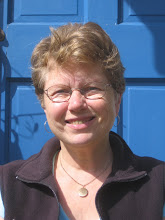In 1644, seven families left the original colony in Plymouth to settle on Cape Cod. They named their settlement Eastham. Fifty years later, seven more families joined them. Collectively, these former Pilgrims were referred to as “The Purchasers,” because they had bought land from the various local tribes. By 1674, “Eastham” stretched from “Easteren Harbour” (North Truro) to Satucket” (Yarmouth). The settlers farmed and raised corn. Our region, what is Wellfleet today, was called Billingsgate back then. Homesteads rose on Bound Brook Island, Griffin Island, and Chequessett Neck, where a cemetery contains headstones from 1716. Children attended classes in several one-room schools. By 1725, the total population of Eastham was 900. In “Billingsgate,” deforestation, due to over-grazing by sheep, became a problem. Erosion also plagued the settlers. Over-wash from the sea spoiled their pastures.
It wasn’t until 1761 that Billingsgate became a separate district. The southern boundary was Blackfish Creek. The northern boundary, with Truro, was delineated thus: "From a heap of stones on Bound Brook Island, which heap is called the westernmost bound; and from thence easterly by old marked trees, and some newly marked, in the old range, to the sea on the back side."
I am fascinated by history. How about you?
(The Wellfleet Historical Society will hold an open house on Saturday from 4 to 6. Don't miss it!)
Tuesday, May 22, 2012
A Short Lesson on the History of Wellfleet ...
2012-05-22T06:00:00-04:00
Alexandra Grabbe
Subscribe to:
Post Comments (Atom)






